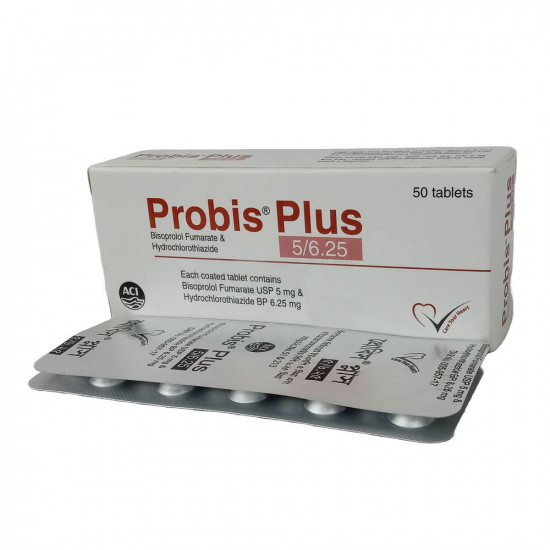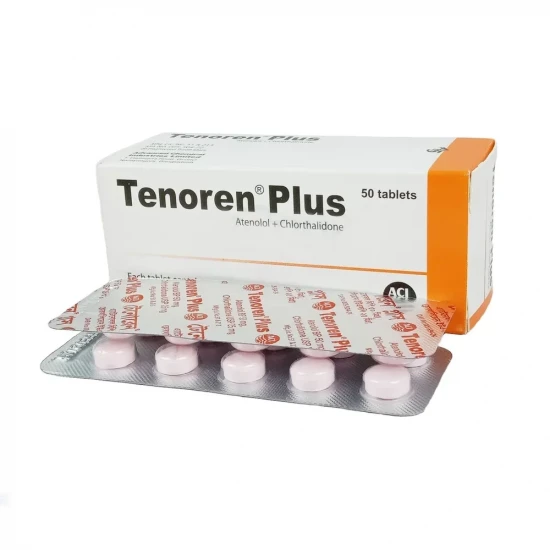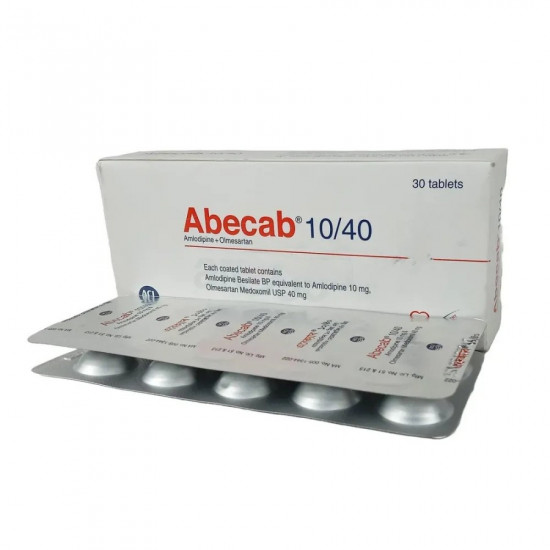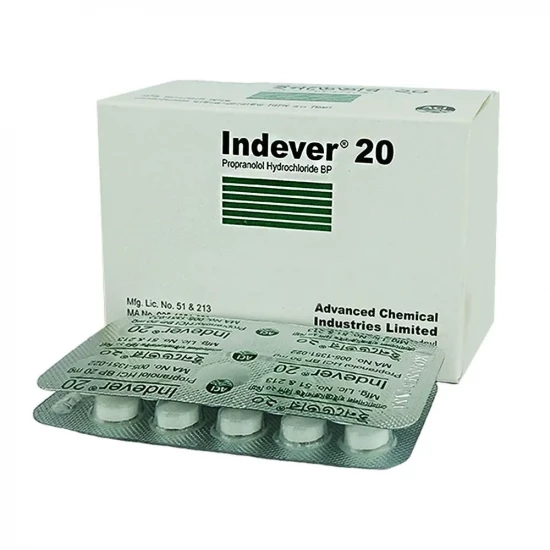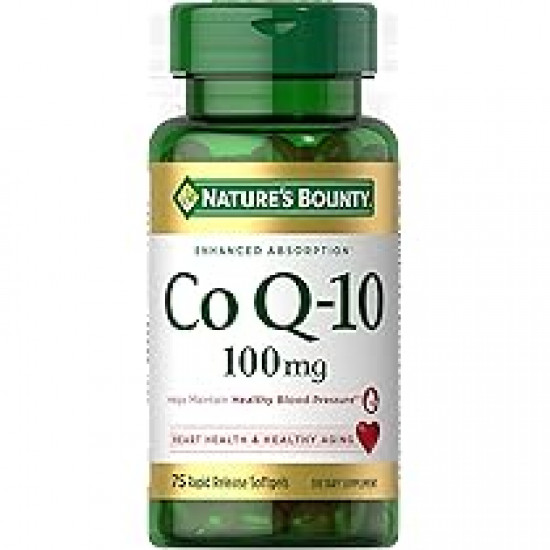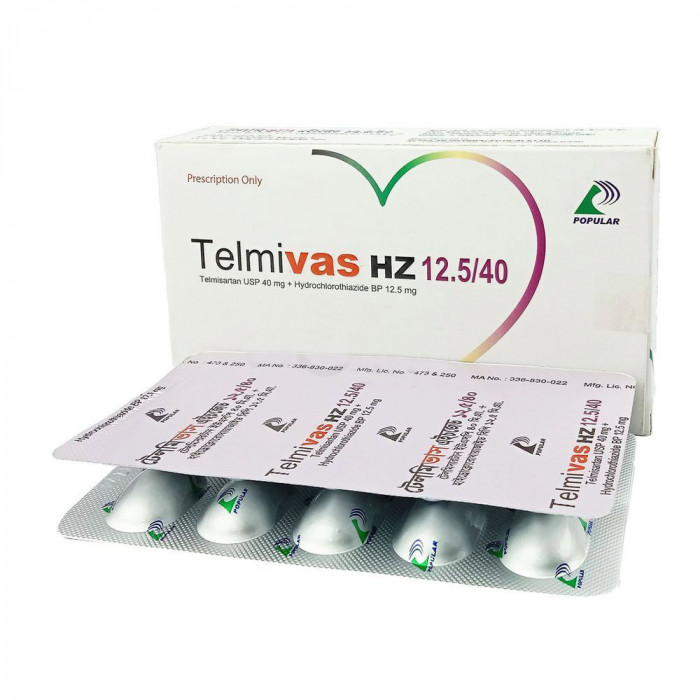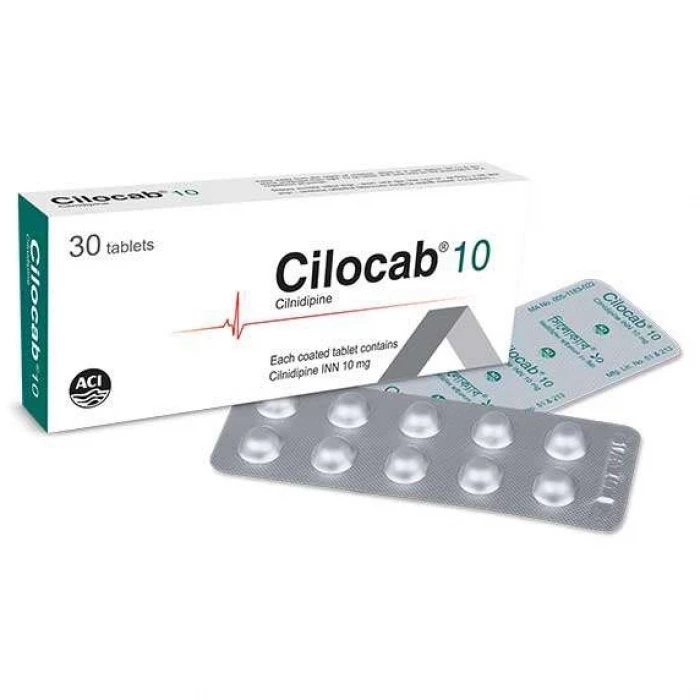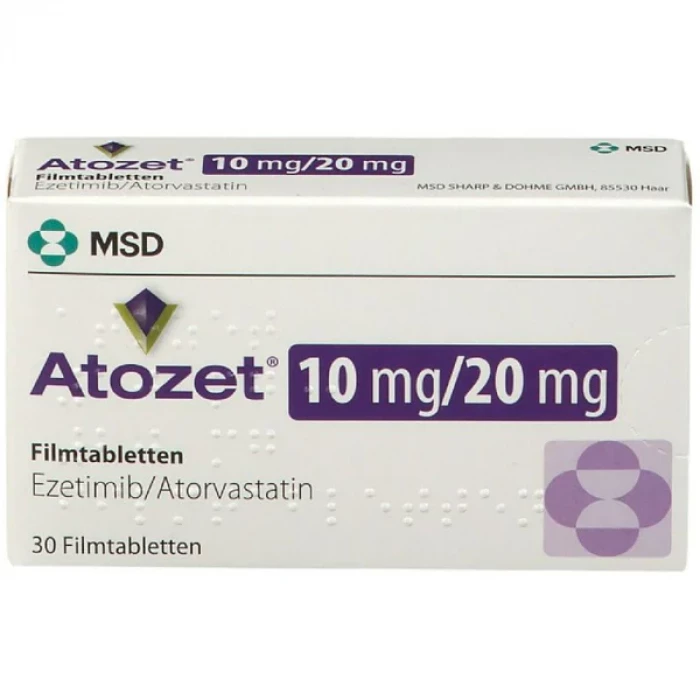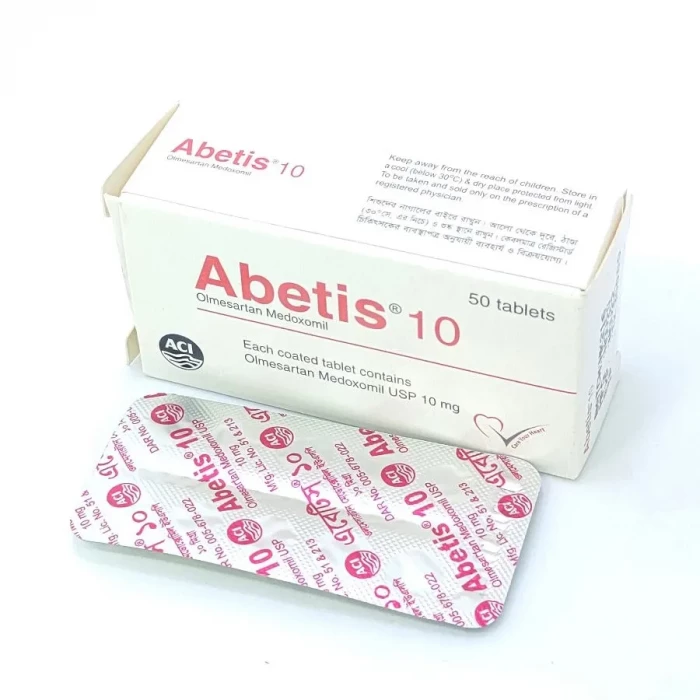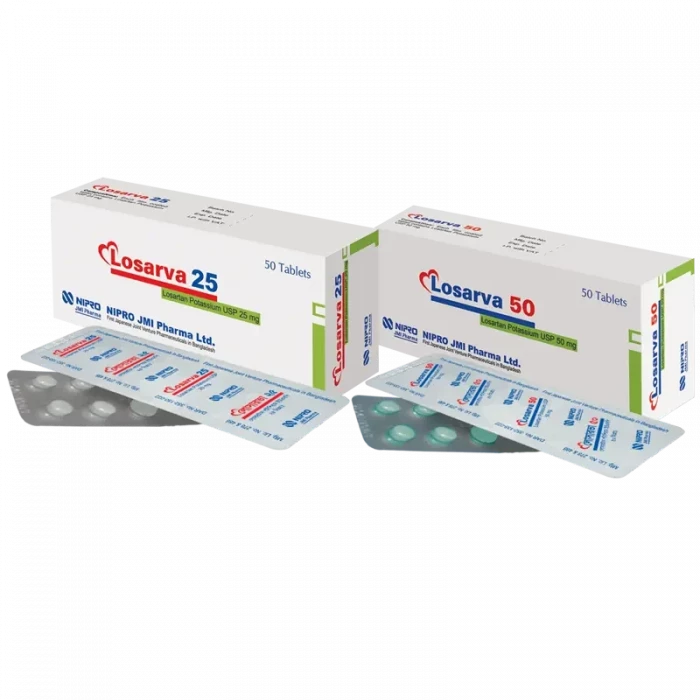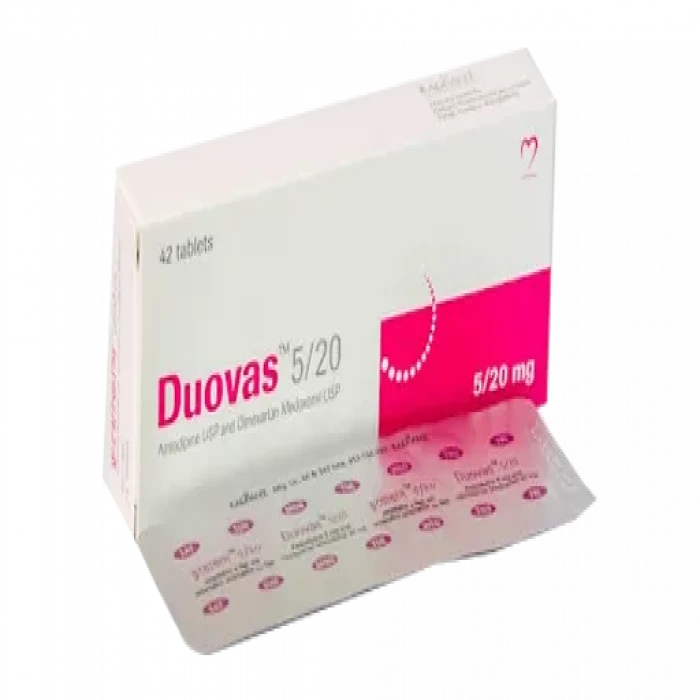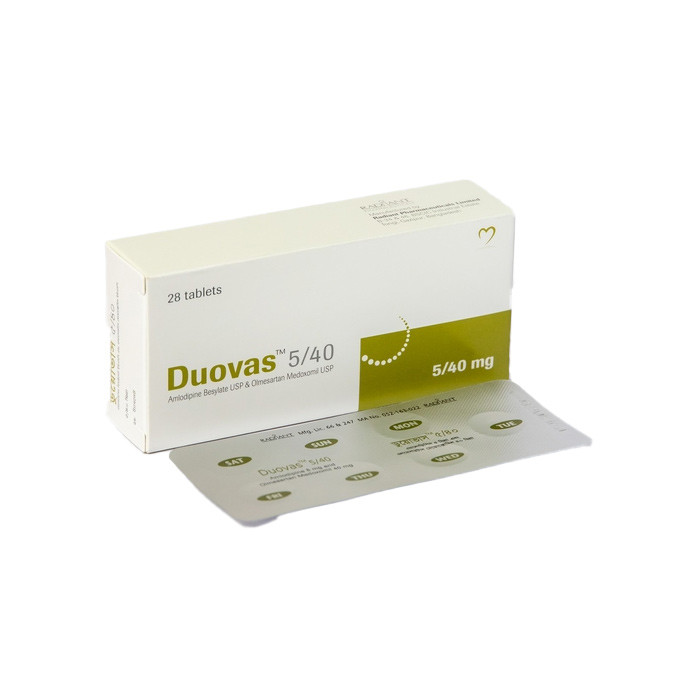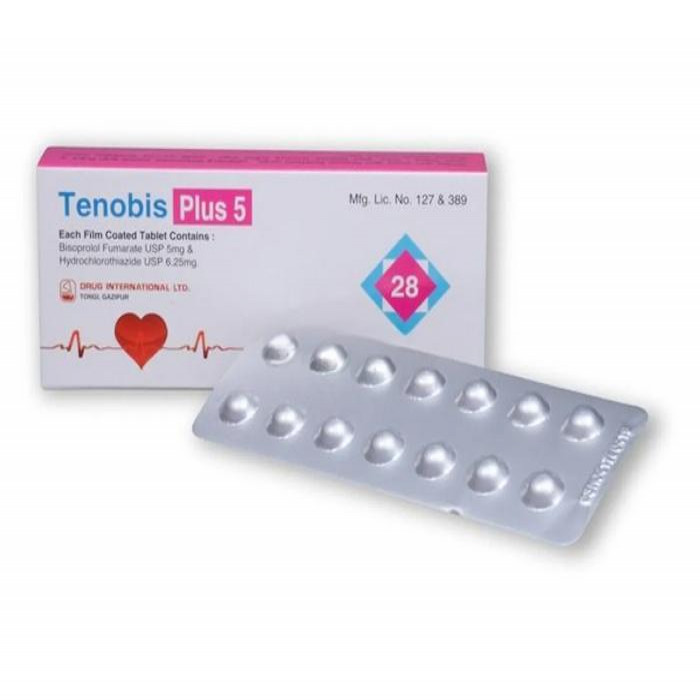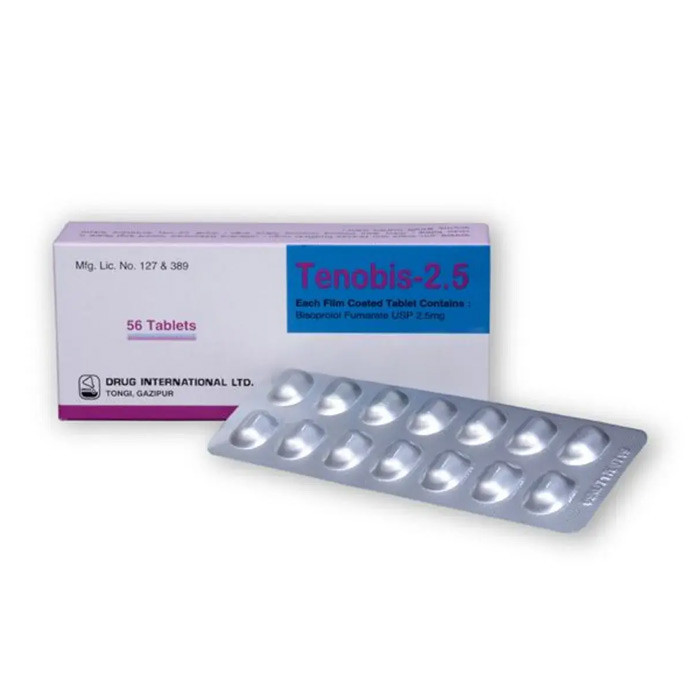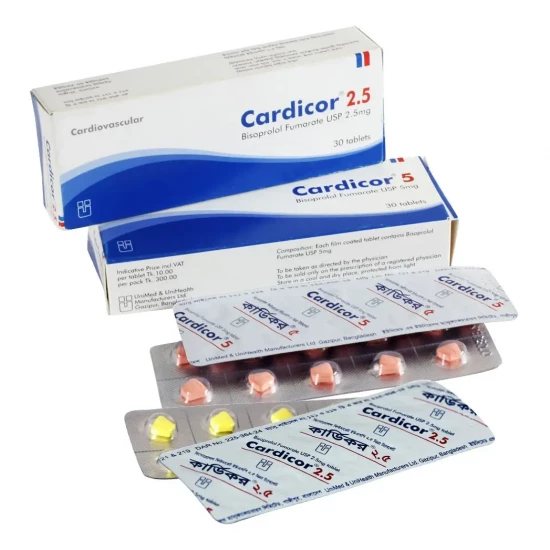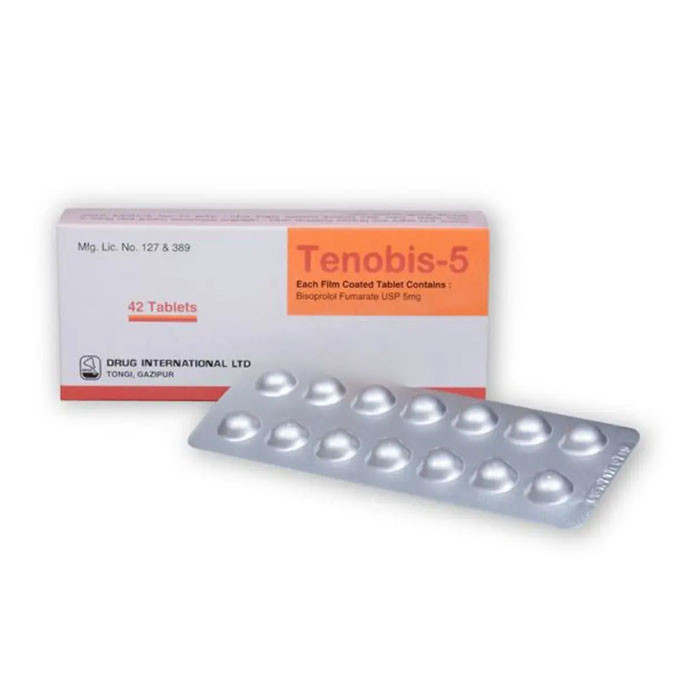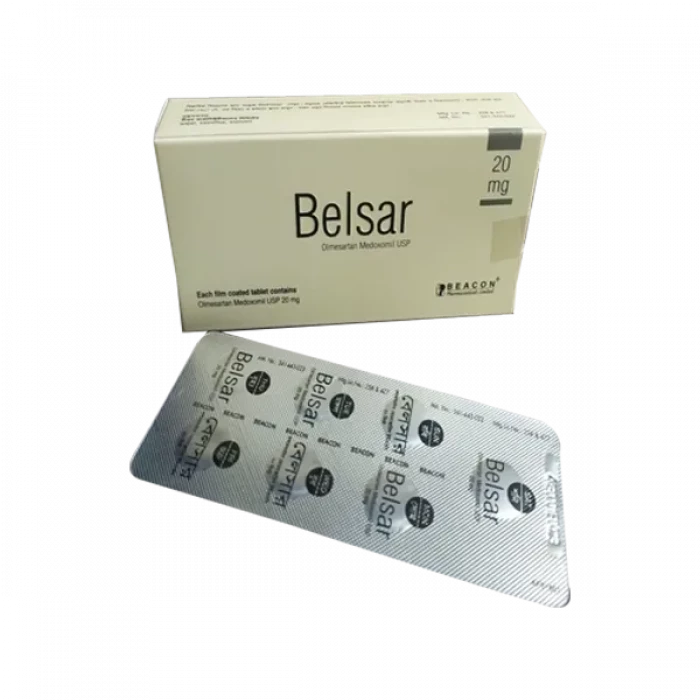
✔ 100% Authentic Product
👁️ Currently Viewing 1484
✅ Description:
Indications of Coveram 4/10 Tablet
Coveram 4/10 Tablet is approved as replacement therapy for the treatment of hypertension and/or stable coronary artery disease in individuals who have been successfully treated with separate doses of perindopril and amlodipine given at the same time. This combination should not be used to begin treatment.
Pharmacology of Coveram 4/10 Tablet
In humans and animals, perindopril is hydrolyzed to perindoprilat, which inhibits ACE. ACE is a peptidyl dipeptidase that catalyzes the conversion of angiotensin I, an inert decapeptide, to angiotensin II, a vasoconstrictor. Angiotensin II is a powerful peripheral vasoconstrictor that increases adrenal cortex aldosterone secretion while also providing negative feedback on renin secretion. Reduced plasma angiotensin II leads to decreased vasoconstriction, increased plasma renin activity, and decreased aldosterone release when ACE is inhibited. The latter causes diuresis and natriuresis and may be linked to a rise in serum potassium levels.
Amlodipine is a dihydropyridine calcium antagonist (calcium ion antagonist or slow channel blocker) that prevents calcium ions from entering vascular smooth muscle and cardiac muscle through the membrane. Amlodipine appears to bind to both dihydropyridine and nondihydropyridine binding sites, according to research. The transport of extracellular calcium ions into cardiac muscle and vascular smooth muscle cells through particular ion channels is required for their contractile activities. Amlodipine selectively decreases calcium ion influx across cell membranes, with vascular smooth muscle cells benefiting more than cardiac muscle cells. Vi can detect negative inotropic effects.
Coveram 4/10 Tablet Dosage & Administration
perindopril arginine & amlodipine is as substitution therapy for patients already controlled with separate doses of perindopril (5 or 10 mg) and amlodipine (5 or 10 mg), given concurrently at the dose level. Treatment should not be initiated with this combination.
Food intake may reduce hepatic biotransformation of perindopril to perindoprilat. Recommended treatment is one tablet per day as a single dose, preferably to be taken in the morning and before a meal. As perindopril and amlodipine may be used for different clinical indications, dose adjustments should be based on clinical judgment and the individual patient profile.
Adjustments can be made by decreasing or increasing the dose of either perindopril and/or amlodipine using separate perindopril and/or amlodipine products within the recommended dose range until clinical stability is re-established. Consult the Product Information of the individual perindopril and/or amlodipine products being used when adjusting the dose.
In the event that down-titration is required, adjustments using amlodipine 2.5 mg or a dose of perindopril equivalent to perindopril arginine 2.5 mg, as separate products should be considered until clinical stability is re-established.
Interaction of Coveram 4/10 Tablet
This combination's antihypertensive effect may be enhanced by the addition of baclofen. Monitor your blood pressure and renal function and, if necessary, alter the dose of this combination. The hypotensive effects of perindopril and amlodipine may be increased if these medications are taken together. Combining nitroglycerine with other nitrates or other vasodilators will lower blood pressure even further, thus it should be used with caution.
Contraindications of Coveram 4/10 Tablet
Patients having a history of past hypersensitivity to either of the active ingredients, perindopril or amlodipine, ACE inhibitors, dihydropyridines, or any of the excipient substances in this combination are contraindicated.
For women who are pregnant or nursing.
Coveram 4/10 Tablet Side Effects
Oedema, somnolence, dizziness, headache (especially at the start of treatment), dysgeusia, paraesthesia, visual impairment (including diplopia), tinnitus, vertigo, palpitations, flushing, hypotension (and effects related to hypotension), dyspnoea, cough, abdominal pain, nausea, vomiting, dyspnoea, cough, abdominal pain, nausea, vomiting, dyspnoea, dyspnea
Pregnancy & Lactation
This combination should not be initiated during pregnancy and lactation. Patients planning pregnancy should be changed to alternative anti-hypertensive treatments which have an established safety profile for use in pregnancy. When pregnancy is diagnosed, treatment with this combination should be stopped immediately, and, if appropriate, alternative treatment should be started.
Precautions & Warnings
As this combination contains lactose monohydrate, patients with rare hereditary problems of galactose intolerance, glucose galactose malabsorption, or total lactase deficiency should not take This combination.
Since ACE inhibitors reduce angiotensin II formation resulting in decreased production of aldosterone, increases in serum potassium have been observed in some patients treated with ACE inhibitors including perindopril. Serum electrolytes (including sodium potassium and urea) should be measured from time to time when ACE inhibitors are given especially in combination with diuretics.
Storage Conditions
Store in a dry place below 25⁰C. Keep the container tightly closed and protect from light.
⚠️Disclaimer:
At ePharma, we’re committed to providing accurate and accessible health information. However, all content is intended for informational purposes only and should not replace medical advice from a qualified physician. Please consult your healthcare provider for personalized guidance. We aim to support, not substitute, the doctor-patient relationship.




